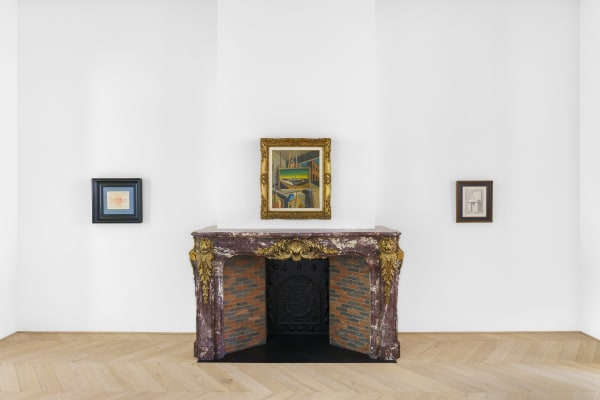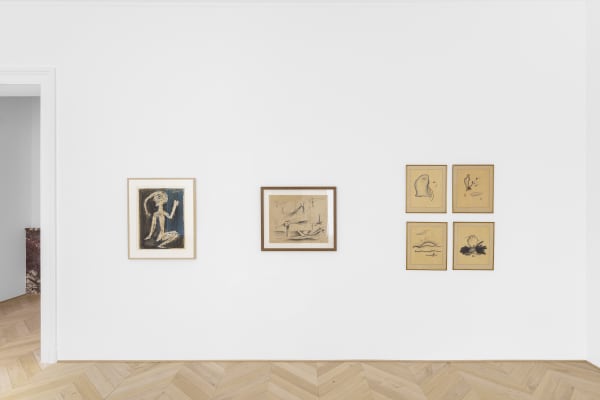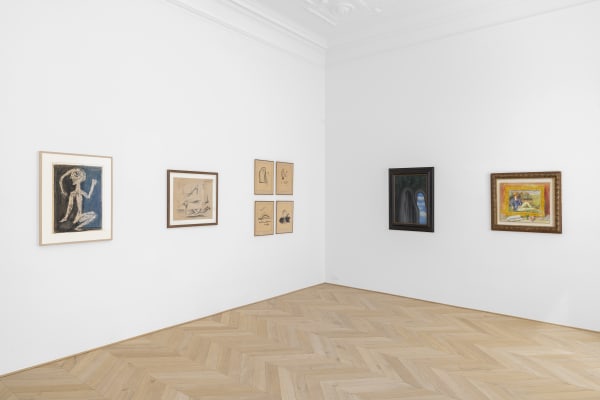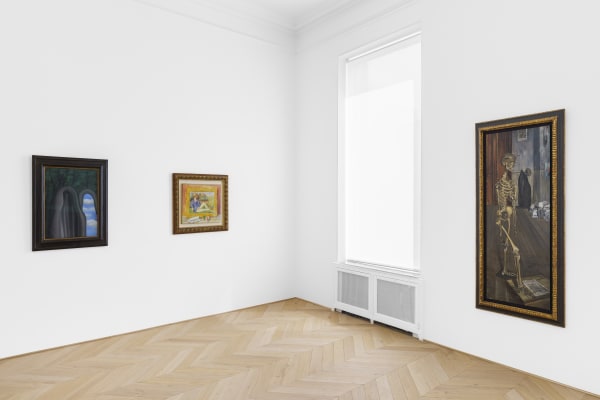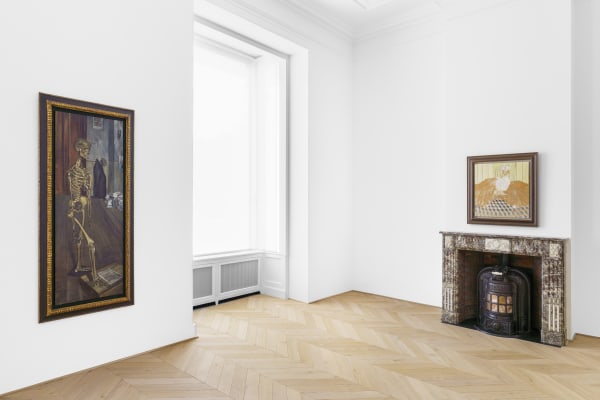A Journey into Surrealism
Vedovi Gallery is pleased to present A Journey into Surrealism, an exhibition encapsulating the prevailing legacies of Surrealist art from the 20th Century. As this year marks the centenary of the publication of the 1924 Surrealist Manifesto, Vedovi Gallery is proud to celebrate the birth of surrealism with this exhibition.
As an artistic movement, Surrealism emerged out of Paris in the mid-1920s. Founded by a collective of poets, artists, and intellectuals who, reacting to the atrocities of the First World War and class stratification within bourgeois society, enacted an overt critical interrogation as to the limits of artistic liberation. With an unbridled exploration of secular imagery, along with the promotion of explicit sexuality, the Surrealists sought a new form of world order governed by a human desire that blurred distinctions between the monstrously beautiful and the beautifully horrific.
Surrealism often excavates the subconscious, bringing life to the intimate complexities of fragmented dreamscapes. It often folds together the whimsical with the erotic as well as the macabre. Hans Bellmer's infatuation with the female body often reached into the sites of the voyeuristic and the sadistic. La petite chaise de Napoleon III (1956) is emblematic of the artist’s tortured desires, realized here in the robust partial figure of his voluptuous feminine subject. Historically Man Ray's avant- garde, cross-disciplinary methods of representation equally blur the boundaries between the female figure and object, as articulated by the disembodied hands grasping at a woman’s buttocks in Mains aux fesses (1937). Furthermore, artists such as Oscar Dominguez and André Masson employ the surrealist technique of constructing and deconstructing the body. Le Souvenir De L'avenir (1938) references a sculpture by Dominguez, in which a woman’s disembodied legs protrude from the mouth of a gramophone, whereas Masson’s Constellation Sadique (1940-1941) is constructed using the “exquisite corpse” technique, allowing an image to emerge from a collective act of concealing and revealing.
Residing in otherworldly arenas, Yves Tanguy's dreamlike drawings evoke unknown landscapes populated by strange and fantastical forms. When combined with Jean Arp’s abstracted biomorphic shapes along with Wifredo Lam and Victor Brauner’s gestural figures, these artists evoke a phantasmagoric menagerie. Conversely, Valentine Hugo’s portrait of the late Arthur Rimbaud in dialogue with Paul Delvaux’s skeletal subjects express not the morbid disruptive reality of death, but of the very essence of life itself. Together, these works seek to breathe life into fantastical creative worlds, captivating the viewer with a set of surreal imagery that bridges the borderlands between abstraction and representation.
René Magritte's work questions the conventions of images by challenging the visual relationship between representation and metaphor. Among Magritte’s many works included, Les Adieux (1943) inverts the picture plane by depicting a painting within a painting. Magritte’s expressive combination of such painterly symbols endow the viewer with an alternative perception of the nature of representation. Often cited as an early founder of Surrealism, Giorgio de Chirico invites the viewer into a similar realm of re-representation established by Magritte. Interno metafisico Officine (1950s) showcases the artist’s evolution of pictorial devices. Both artists disrupt the classical field of Surrealism by broadening perspectives within the shift in the mid-century to focus on the recontextualization of the real.
By forging connections across the field, A Journey into Surrealism is a celebratory, yet poignant critical inquiry into the exquisitely enigmatic, the bizarre, and the enchantingly magical realms of reality itself.


